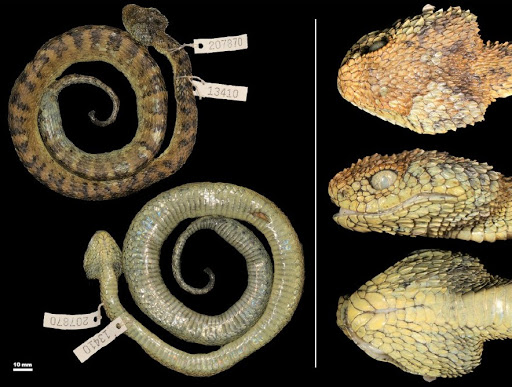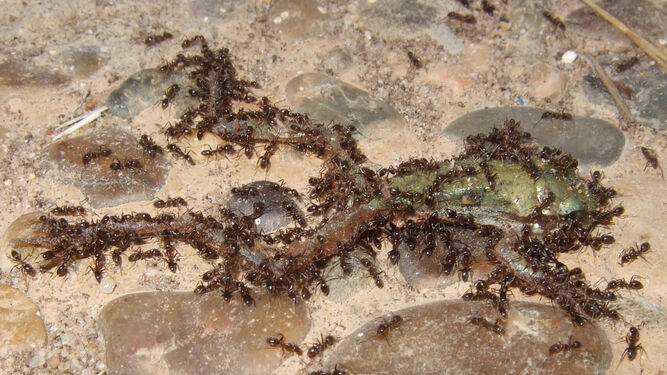Endémiques du massif, trois espèces de reptiles d’altitude sont menacées par les conséquences de la hausse des températures et, en particulier, par l’installation d’un probable concurrent en haute montagne, le lézard des murailles. Leer más.







Endémiques du massif, trois espèces de reptiles d’altitude sont menacées par les conséquences de la hausse des températures et, en particulier, par l’installation d’un probable concurrent en haute montagne, le lézard des murailles. Leer más.

Mannophryne is a genus of 20 frog species found in the forests of Venezuela and Trinidad and Tobago. They belong to the family Aromobatidae, the sister family to the well-known Dendrobatidae, or poison dart frogs. Unlike poison dart frogs, that are brightly coloured to advertise their toxicity, aromobatids use cryptic colouration to blend into their surroundings as they do not have toxic compounds in their skins. In addition, they have a very effective escape response and can identify and reach cover quickly. This has led to one of their common names of rocket frogs, as well as being known as stream frogs, because of their normal habitat of stream margins. Leer más.
Two species of Bush Vipers, genus Atheris Cope, 1862, have been reported for the continental island of Bioko, Gulf of Guinea – Atheris squamigera and a putatively undescribed species, morphologically similar to Atheris chlorechis. The latter was only known from one specimen collected in the early 1900s and its taxonomic identity has never been fully resolved. Based on recently collected specimens of Atheris from Bioko Island, we reviewed all the available data and specimens through detailed morphological comparisons against all known species of the genus. Our results confirm that Atheris squamigera is present in Bioko Island, and that the second taxon is a new species, which we describe here as Atheris hetfieldi sp. nov. Leer más.

Ekaina amaieran 5 eguneko bidaia txiki bat in naban Galizia aldera, Julen Santa Cristinakin batera. Lagun haundixak ditxut Galizian ta banakixan hango paraje eta bitxuak oso ondo erakutsiko zizkigutela.
A finales de junio hice un pequeño viaje de 5 días a Galicia, junto a Julen Santa Cristina. Tengo grandes amigos en Galicia y sabía que nos iban a enseñar muy bien sus parajes y sus bichos. Leer más.

Un equipo internacional liderado por la Estación Biológica de Doñana (EBD), centro del Consejo Superior de investigaciones Científicas (CSIC) en Sevilla, ha demostrado que el veneno de la hormiga argentina tiene efectos negativos muy potentes sobre algunos anfibios de Doñana, llegando incluso a ser letal para ellos. La investigación ha aparecido publicada esta pasada madrugada en la revista Conservation Biology. Leer más.
